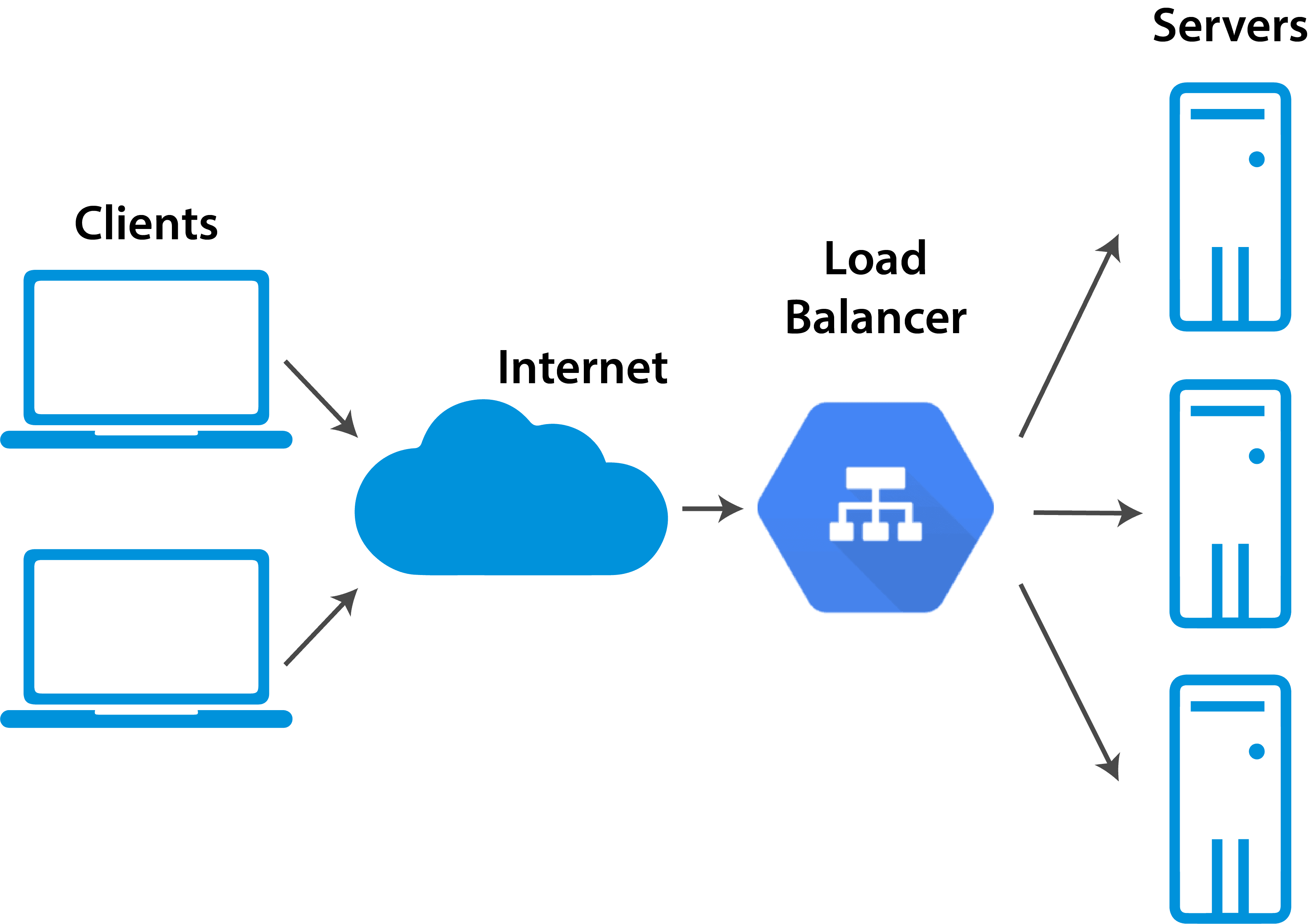152|146|7||1672931582|7|1673036284|0| 
Load testing is the process of simulating a high level of concurrent traffic on a website or web application to determine how it performs under heavy usage. Load tests are typically conducted on a staging or test environment, rather than on a production website, in order to avoid the risk of disrupting actual users or causing performance issues.
There are a number of tools and services available for conducting load tests on websites, including open-source tools like Apache JMeter and commercial services like LoadRunner and Neoload.
These tools allow users to specify the number of concurrent users or requests to simulate, as well as other factors such as the type of traffic (e.g. HTTP requests, database queries), the location of the users, and the duration of the test.
Load tests can help to identify potential performance bottlenecks and scalability issues on a website, such as slow page load times, errors, or a failure to handle a high volume of traffic.
By identifying and addressing these issues prior to launching a website or application, organizations can ensure that it is able to handle the expected level of traffic and provide a good user experience.
Load tests can also be useful for capacity planning, as they can help organizations to determine the hardware and infrastructure requirements needed to support a given level of traffic.
It is generally not recommended to conduct load tests on a production website, as the high level of simulated traffic could potentially impact the performance of the site for actual users. Instead, load tests should be conducted on a staging or test environment that is separate from the production website.
This allows organizations to safely identify and address any performance issues without disrupting actual users.
There are several reasons why it may be beneficial to run load tests on a production website:
1. To ensure that the website can handle the expected level of traffic: Load testing allows you to simulate the expected level of traffic on your website and ensure that it can handle the load without crashing or experiencing other performance issues.
This can help to prevent downtime and ensure that your website remains available and responsive to users.
2. To identify and fix performance bottlenecks: Load testing can help to identify performance bottlenecks on your website, such as slow-loading pages or inefficient database queries.
By identifying and fixing these bottlenecks, you can improve the overall performance of your website.
3.To prepare for special events or promotions: If you are expecting a large influx of traffic due to a special event or promotion, load testing can help you ensure that your website is prepared to handle the additional load.
This can help to prevent downtime and ensure that your website remains available to users during the event.
4. To improve the user experience: Load testing can help you identify areas of your website that may be causing frustration or delays for users, such as slow-loading pages or error messages.
By addressing these issues, you can improve the overall user experience on your website.
5.To comply with industry standards or regulations: In some cases, load testing may be required by industry standards or regulations to ensure that your website is able to handle the expected level of traffic.
It is important to note that load testing should be carefully planned and executed to avoid disrupting the normal functioning of your website.
It is also important to ensure that you have sufficient monitoring in place to track the performance of your website during the load test.